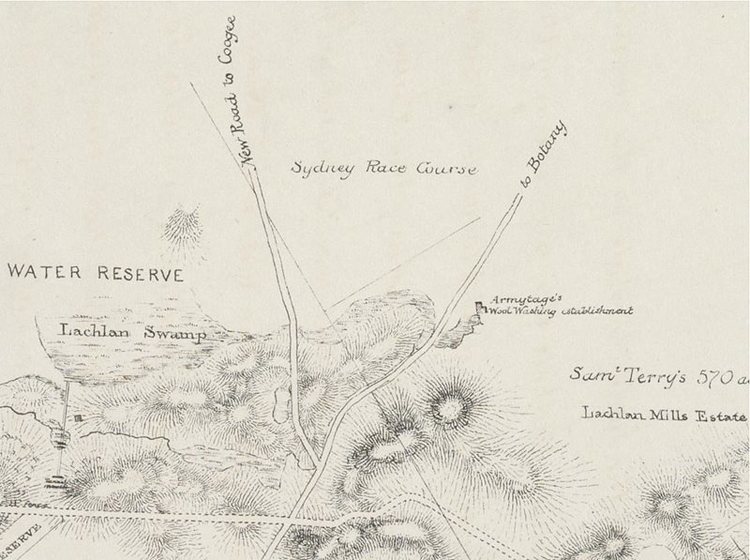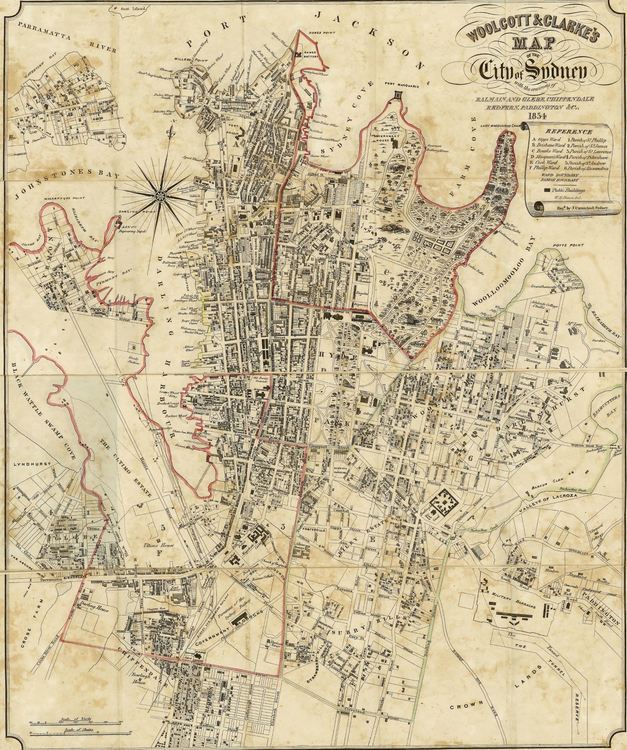Lachlan Water Reserve
The first water supply for the Colony of New South Wales was a freshwater stream that flowed into the harbour at Sydney Cove. This stream, which became known as the Tank Stream, was the main water supply for the colony for almost 50 years. But it proved insufficient and unreliable and, by the 1820s had become grossly polluted.
In 1824, Governor Darling appointed engineer John Busby, as Government Mineral Surveyor. Among Busby’s responsibilities was to locate a new water source for the Colony.
The eastern portion of what had been designated as ‘Sydney Common’ contained an area known as the Lachlan Swamps. These swamps were fed by natural aquifers in the Botany Sands geological system, thus providing both a reliable and somewhat protected source of water. The Lachlan Water Reserve was established within the Common.
Busby reported that Lachlan Swamps’ was a low-lying marsh with a plentiful supply of fresh clean water "free from every taste and smell, and so soft as to be fit for every purpose".
Lachlan Swamps served as Sydney’s main water supply from 1837 to 1859 when a combination of the growth of industry, poor maintenance, livestock grazing, and garbage dumping gradually polluted the swamps.
Pollution worsened considerably in 1874 after a spate of large floods, and even though seven new dams were built to resolve the problems, they continued.
-
The Story of Jack Spriggins and the Enchanted Bean
-
Sun, Moon, and Talia
-
The Enchanted Frog
-
The Queen's Croquet-Ground
-
Nenillo and Nennella
-
Blackbeard's Ghost
-
The True History of Little Golden-Hood
-
The Dullahan
-
Three Sisters
-
The Mirror of Current Events, or Beauty to the Highest Bidder
-
The Legend of Saint Galgano

